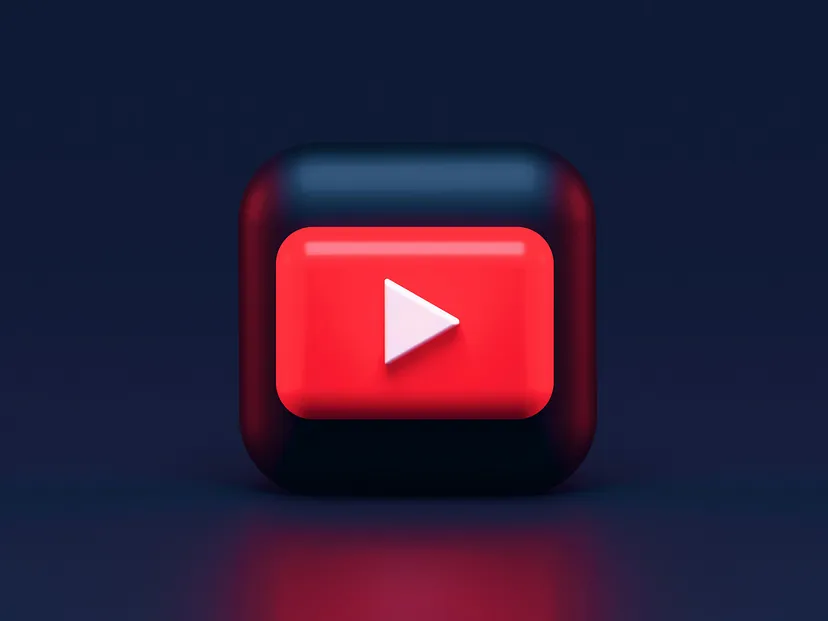Navigating YouTube’s Latest AI Content Guidelines
YouTube, the popular video-sharing platform, has recently updated its guidelines regarding content created using artificial intelligence (AI). These changes are aimed at ensuring the platform remains a safe and trustworthy space for users. In this blog post, we’ll delve into the key changes in YouTube’s policy landscape concerning AI content and what they mean for creators.

YouTube has made significant updates to its policies surrounding AI-generated content to enhance transparency and tackle potential misuse. This post will explore the key changes in YouTube’s guidelines and their implications for content creators.
Key Changes in YouTube Policy Landscape
YouTube has introduced several notable changes to its policies regarding AI content:
- Clarification of AI-Generated Content: Clear definitions of what qualifies as AI-generated content have been established.
- Stricter Rules Against Misinformation: Enhanced rules are in place to prevent the spread of misinformation or harmful content created using AI.
- Transparency and Accountability: Creators are now required to adhere to specific guidelines to ensure transparency when using AI technology.
Explanation of YouTube’s New AI Content Guidelines
Under the latest guidelines:
- Disclosure Requirements: Creators must disclose if their content is AI-generated, helping viewers understand the nature of what they are watching.
- Prohibition of Deceptive Practices: The use of AI to deceive or manipulate viewers is strictly prohibited.
- Adherence to Copyright and Community Guidelines: AI-generated content must comply with existing copyright and community standards to avoid violations.
Implications for Content Creators
The new guidelines have several implications for content creators:
- Understanding Updated Policies: Creators need to familiarize themselves with the updated policies to avoid penalties and ensure compliance.
- Adjusting Content Strategies: Creators may need to modify their content creation practices to align with the new regulations, including increased transparency about AI use.
Conclusion
Navigating YouTube’s latest AI content guidelines involves understanding and adapting to the key policy changes. By adhering to these guidelines, creators can contribute to a safer and more transparent online environment. While these regulations may present challenges, they also offer opportunities for responsible innovation with AI technology. Staying informed and adjusting practices accordingly will help creators succeed on the platform.